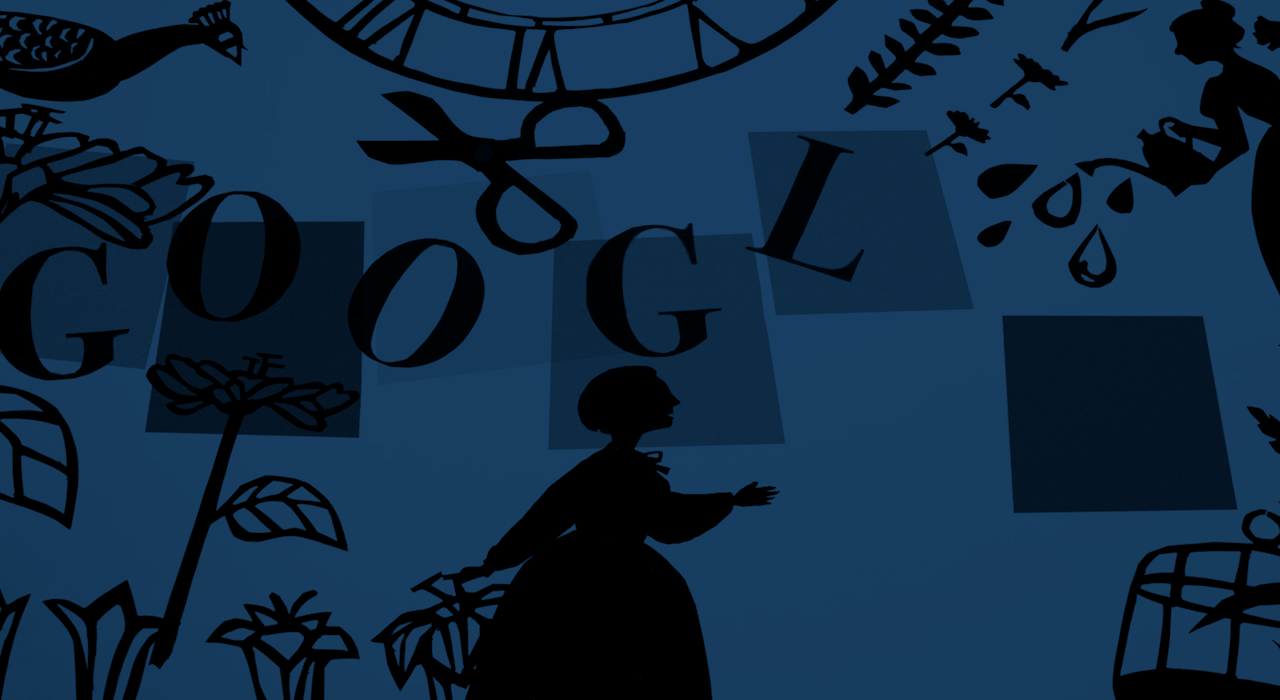On Tuesday, Google dedicated its Google Doodle — an illustrated or animated logo that sometimes appears on google.com to commemorate events or honor people — to the singer Selena Quintanilla, whose first studio album release debuted on the same date in 1989. A 19-member Google Doodle team collaborated with the Quintanilla family on a 90-second animated music video titled “Celebrating Selena Quintanilla” and set to a clip of Selena’s hit “Bidi Bidi Bom Bom.” The effort got extensive press coverage and promptly shot to the top spot in YouTube’s #Trending section, where it remains as of this writing, a full day later. But it was strangely missing the metric that powers YouTube: a view count.
Google maintains at least 25 official channels on YouTube, which it has owned since 2006, including a channel for Google Chrome, for Android, and for its smart-home division Nest. View counts are enabled on all these channels, even when they are embarrassingly low — videos on the Google Small Business channel, for example, frequently have less than 300 views.
But view counts have been disabled for Google Doodles, which appear on the Google Doodles channel going back to 2014. Google’s Doodles started out as simple drawings — the first one was just the addition of a stick figure to reflect the fact that the founders had gone to Burning Man — but have evolved to become animations, games, or longer animated video hosted on YouTube.
The 25th anniversary of the fall of the Berlin wall, Langston Hughes' 113th birthday, International Women’s Day, an animated montage of U.S. National Parks — they all show a blank where the view counter would normally be. Comments and the thumbs up-thumbs down counter are also missing from most of them. However, the behind-the-scenes-style videos, where Google’s Doodles team shows outtakes or explains how they made a Doodle, have view counts, comments, and the thumbs up-thumbs down counter enabled.
Google Doodle videos are linked from the Google homepage, meaning they almost certainly have tons of views. (One estimate from analytics firm Similar Web put the number of desktop visits at around 40 billion per day.) That may explain why comments and the thumbs up-thumbs down counter is disabled — Google doesn’t want to see its Doodle videos stormed by people with negative comments or political reactions to Selena or the birth of hip hop. But why not display the view counts? Are the view counts so astronomically high that it would be ungracious to show them? Are they unflatteringly low?
Obviously, Google can do whatever it wants. But there is already widespread suspicion among YouTube creators around the #Trending section, which was introduced in 2015. The official explanation says the section is based on view count, the rate of growth in views, if views are coming from outside YouTube, and when the video was posted, while excluding videos that are “misleading, clickbaity or sensational” and attempting to “capture the breadth of what’s happening on YouTube and in the world.” There is no pay to play on the Trending section, the company says, and views from YouTube ads are not included. “YouTube does not favor specific creators,” the company says.
Publicly viewable metrics are central to the YouTube ecosystem, to a fault.
Members of the YouTube community are constantly challenging that. In a typical Reddit thread, “The ‘Trending’ Tab is a sham,” users speculated about what sort of pay-to-play scheme was afoot; blogs have also highlighted specific videos that showed up in the #Trending section but the general viewing public found confusing or distasteful. “The content chosen in no way represented what was popular that day on YouTube,” said vlogger GamerFromMars in a video criticizing the section for favoritism. Ethan Klein from the popular channel H3H3 productions called the #Trending section the “Paid Promotions” section. While there is no evidence that the #Trending section is intended to do anything other than highlight things that are getting popular organically, the fact that a Google-made video with no visible engagement metrics occupy the top spot on #Trending for more than 24 hours probably doesn’t do much to allay the persistent suspicion that Google has its thumb on the scale.
In the past, Google let YouTube creators disable public view counts, but that feature is no longer available. That makes sense, given that publicly viewable metrics are so central to the YouTube ecosystem, to a fault — YouTube’s emphasis on big numbers favors certain types of content, discourages others, and encourages creators to beg for likes and subscribes in any way they can think of. Subscriber counts and view counts are what allow YouTube creators to access advertising features; they also justify the transition of popular artists into the mainstream. It’s interesting that Google and YouTube have removed them for this highly specific subset of videos, especially after the ability to hide view count was revoked for the average user. Google did not respond to questions.

